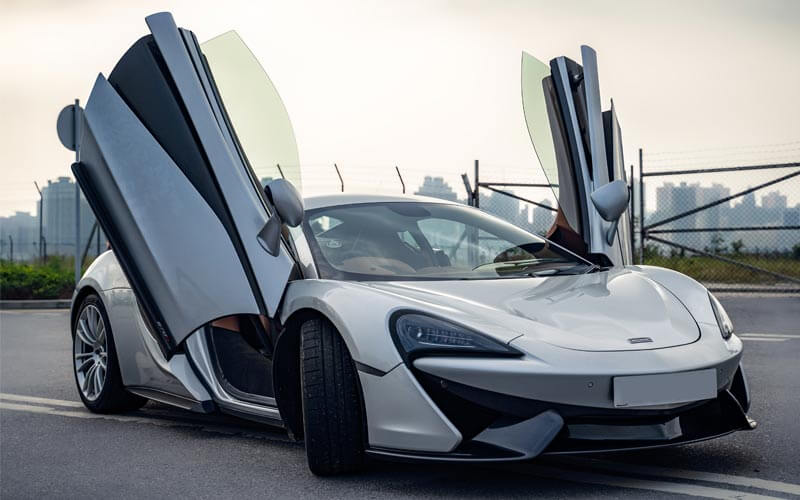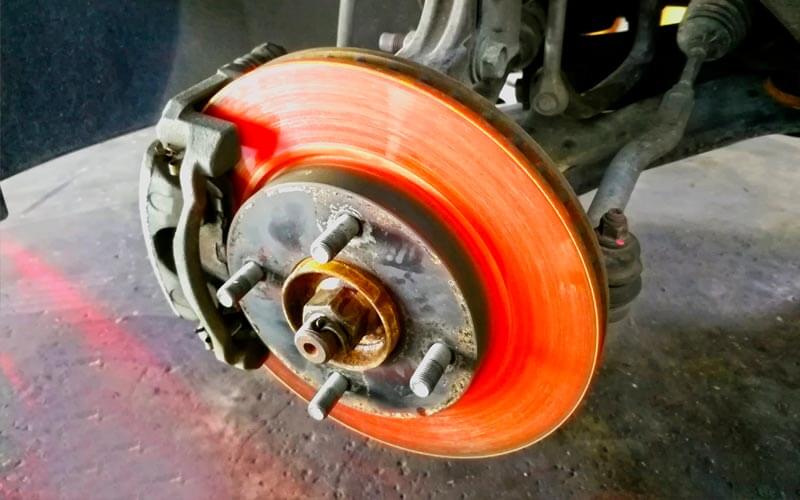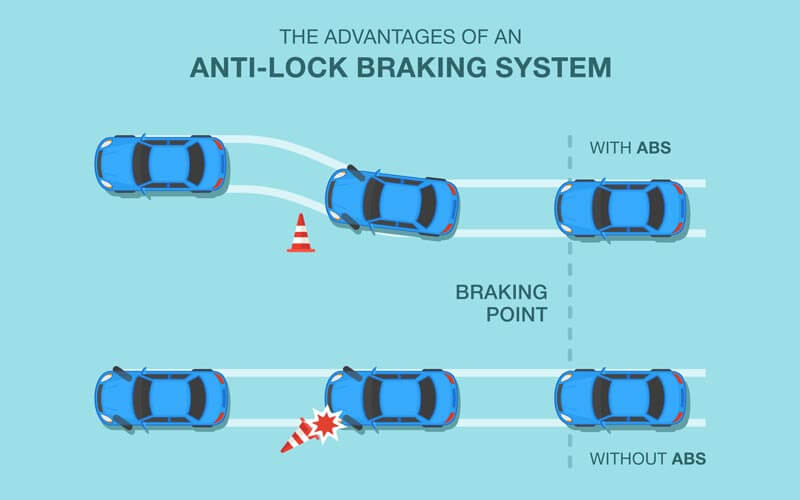Brakes are one of the most important components of a vehicle and are crucial for the safety of drivers and passengers in everyday life. In general, this part functions to hold the vehicle to maintain the safety of the driver and passengers. In addition, brakes also have historical and interesting facts. Here are 5 facts about the brakes we use every day.
Silicon Carbide (or carborundum) is one of the strongest materials in the world. This material is used to make bulletproof vests, clutches, and car brakes. One car brake that uses this material is the McLaren P1, which was inspired by Formula 1 (F1). This brake is also capable of stopping the car from a speed of 100 kph in just 30.2 meters.

On average, brake temperatures reach 350 degrees Celsius to 750 degrees Celsius (the highest temperature of the brake disc when working) when carrying heavy loads and going downhill.

An interesting fact about the brakes on hybrid cars is that they not only function to slow down the vehicle but can also recharge the electric motor's battery. Every time the brakes are used, energy is fed back into the battery, saving energy on the vehicle. This method is called "Regenerative Braking".

The Anti-lock Brake System or "ABS" is one of the safety features of the brakes that can prevent the pads from locking, preventing the vehicle from slipping. ABS was first used in 1929 for aircraft. Finally, in 1970, this feature was applied to cars to increase safety.

Louis Renault, the founder of Renault Motors, played a major role in the invention of the drum brake in 1902 in France. The drum brake is one of the braking systems used in two or four-wheeled vehicles. The drum brake on cars uses a hydraulic brake system, utilizing hydraulic pressure to help apply pressure to the brake lining. In addition, Renault also participated in the development of several other car technologies, such as hydraulic suspension, gearbox, and turbocharger.
